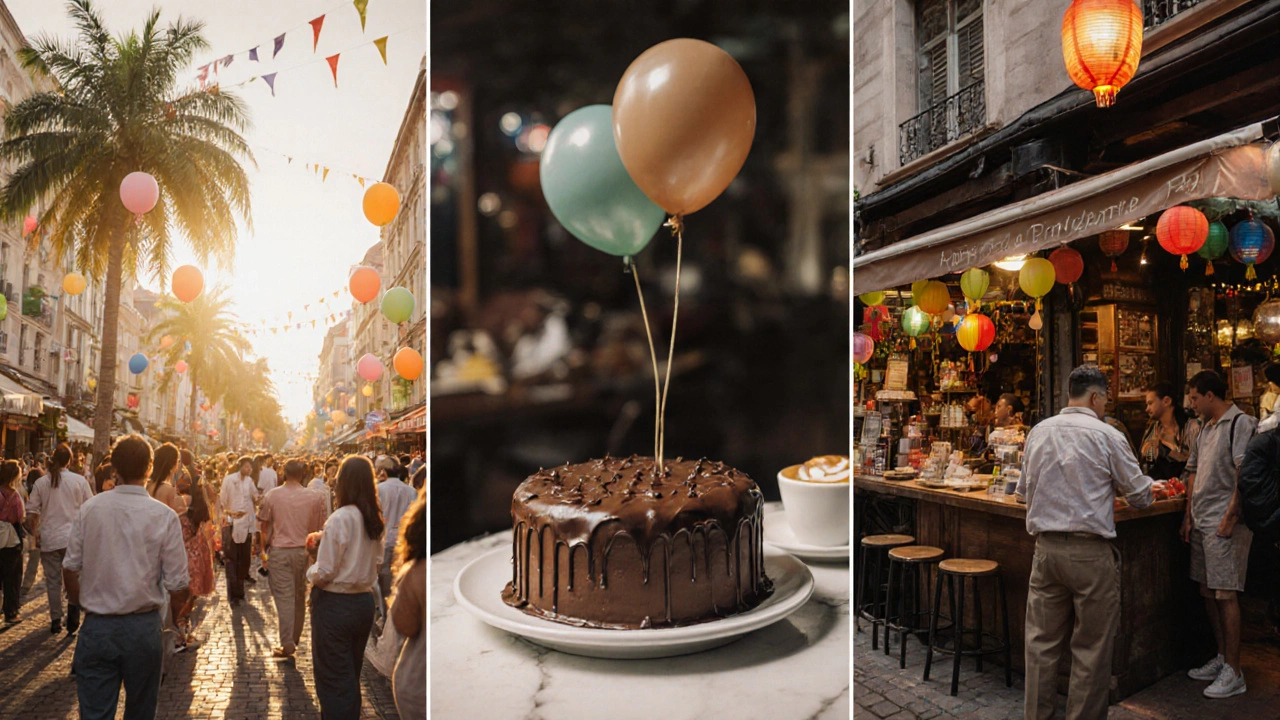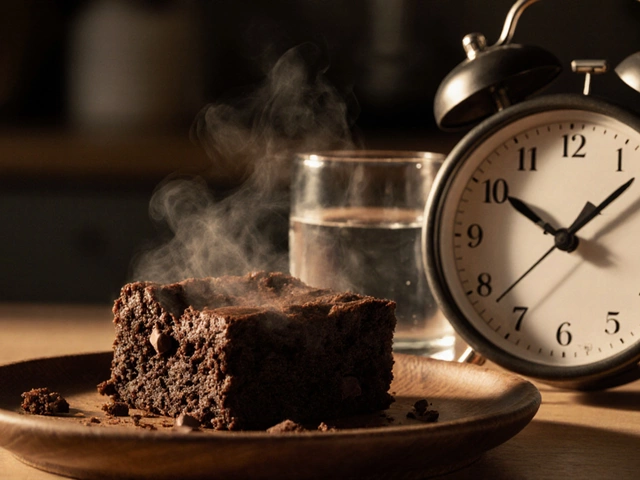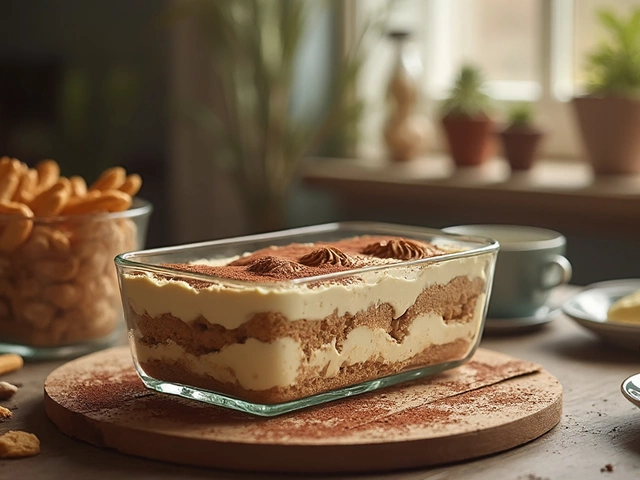Ever wonder which cake shows up on more birthday tables, coffee breaks, and street stalls than any other? We’re about to break down the data, the flavors, and the cultural quirks that make one cake claim the title of the most eaten cake on the planet.
How We Measure Cake Consumption
Before naming a winner, it helps to know how we count cakes. Researchers typically blend three data sources:
- Google Trends - searches for specific cake names across 200+ countries.
- Annual reports from the International Bakery Association, which tracks production volumes in metric tons.
- Consumer surveys from market‑research firms like Nielsen that ask people what they ate in the past month.
When you line up the numbers, the cake that consistently ranks highest across all three methods is-yes, you guessed it-chocolate cake.
Global Favorites: The Top Five Most Eaten Cakes
| Rank | Cake Type | Estimated Global Share | Key Ingredients | Typical Regional Variations |
|---|---|---|---|---|
| 1 | Chocolate Cake | 28 % | Cocoa powder, butter, sugar, eggs, flour | German chocolate, Mexican chocolate (with cinnamon), Belgian ganache |
| 2 | Vanilla Sponge | 22 % | Vanilla extract, egg whites, sugar, flour | Japanese "Castella", Italian "Pan di Spagna" |
| 3 | Cheesecake | 18 % | Cream cheese, graham cracker crust, eggs, sugar | New York style, Japanese “Soufflé” cheesecake, Greek “Mosaiko” |
| 4 | Red Velvet | 12 % | Cocoa, buttermilk, red food coloring, cream cheese frosting | Southern US, Australian “Victorian” version |
| 5 | Carrot Cake | 9 % | Grated carrots, cinnamon, walnuts, cream cheese frosting | British “Carrot & Walnut” cake, American “Spiced” version |
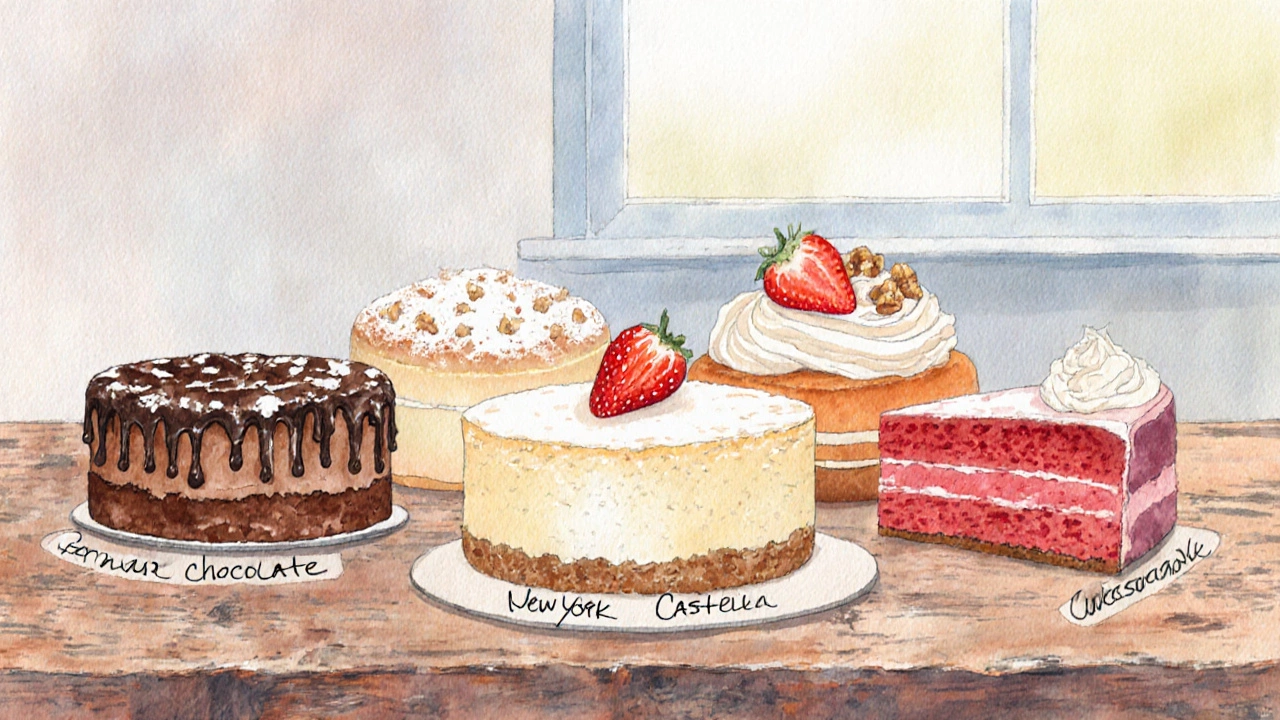
Regional Twists and Why They Matter
Even a globally dominant cake like chocolate adapts to local tastes. In Brazil, a swirl of dulce de leche adds caramel sweetness, while in India, a hint of cardamom makes the batter aromatic. These tweaks matter because they keep the cake relevant in markets where traditional flavors dominate.
For instance, the Red Velvet rose to fame in the American South after a 1930s marketing campaign, but it never really took off in East Asia until the 2010s, when cafés started offering it with matcha‑infused frosting.
What Makes Chocolate Cake the Leader
Three factors give chocolate cake the edge:
- Universal appeal. Humans are hard‑wired to love sweet, fatty foods; cocoa adds a slight bitterness that balances sugar perfectly.
- Versatility. From dense brownies to airy soufflés, the base recipe can be stretched thin or packed thick, fitting bakery shelves and home ovens alike.
- Marketing muscle. Iconic brands-Cadbury, Hershey’s, Lindt-spend billions on chocolate advertising, keeping the flavor top‑of‑mind.
Data from the International Bakery Association shows chocolate cake production grew 4.5 % year‑over‑year in 2023, outpacing every other cake category.
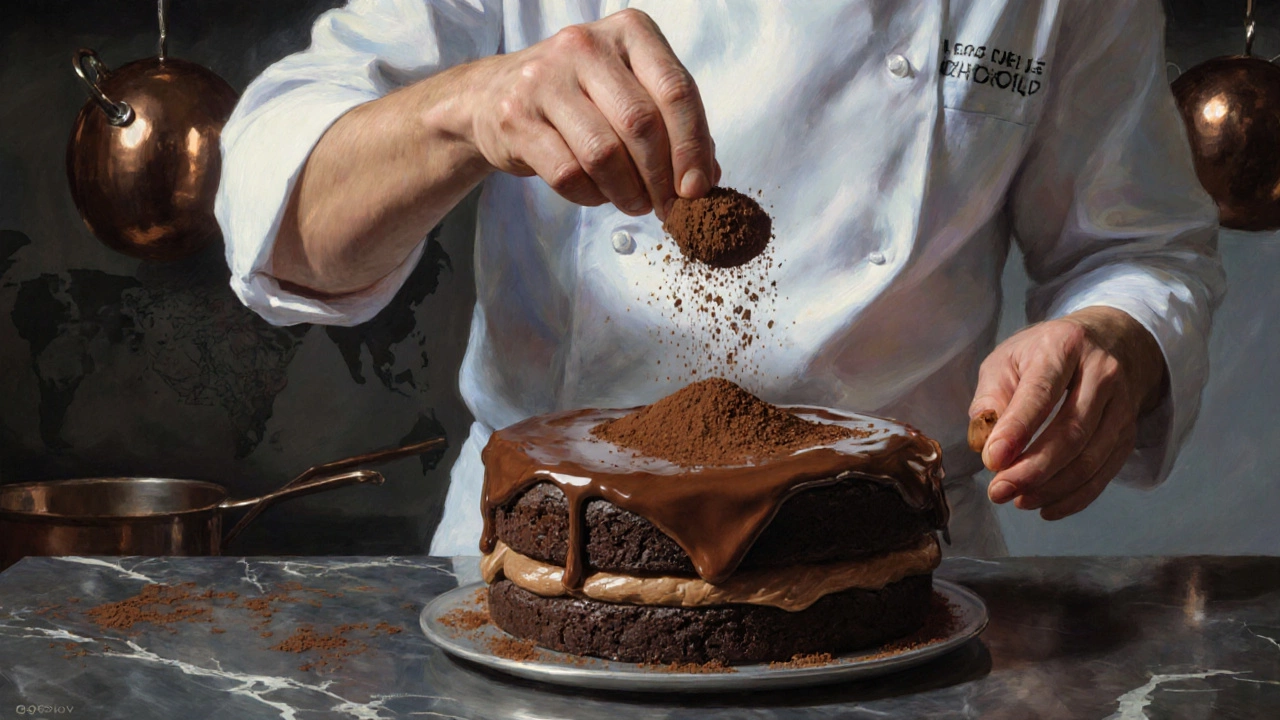
Health and Nutrition Snapshot
While "most eaten" doesn’t equal "healthiest", it’s worth noting the nutritional spread. A typical slice (≈100 g) of chocolate cake contains about 350 kcal, 15 g of fat, and 45 g of carbohydrates. By contrast, a slice of carrot cake adds roughly 5 g of dietary fiber thanks to the carrots and nuts.
If you’re watching sugar, the vanilla sponge can be reduced to 20 g per slice by swapping half the white sugar for a natural sweetener like stevia. But remember that flavor perception changes, so you may need a touch more vanilla extract to keep the palate happy.
Tips for Recreating the Most Popular Cakes at Home
- Chocolate Cake: Use a mix of Dutch‑process cocoa and melted dark chocolate for depth. Chill the batter for 15 minutes before baking; it helps the gluten relax and gives a moister crumb.
- Vanilla Sponge: Separate eggs; whip whites to stiff peaks and fold gently into the batter. This creates the airy texture that makes the sponge a blank canvas for fillings.
- Cheesecake: Bake in a water bath (bain‑marie) to avoid cracks. Let it cool slowly in the fridge-at least 6 hours-for a silky finish.
- Red Velvet: Add a teaspoon of vinegar to the batter; it reacts with the baking soda, giving the cake its signature tender crumb.
- Carrot Cake: Grate carrots fine and squeeze out excess moisture. This prevents a soggy crumb and lets the spices shine.
Whether you’re a bakery pro or a weekend hobbyist, knowing which cake dominates the global palate can guide your menu planning, your grocery list, and even your Instagram feed.
Which cake is eaten the most worldwide?
Chocolate cake holds the top spot, accounting for roughly 28 % of global cake consumption according to combined data from Google Trends, bakery production reports, and consumer surveys.
How is cake consumption measured?
Experts merge search‑engine keyword data, annual bakery output figures, and large‑scale consumer questionnaires to estimate how many kilograms of each cake type are produced and eaten each year.
Why is chocolate cake so popular?
Its flavor balances sweet and bitter, it’s extremely versatile for different textures, and massive marketing budgets keep chocolate at the forefront of dessert choices.
Are there healthier cake options?
Carrot cake and vanilla sponge can be tweaked with whole‑grain flours, reduced sugar, or natural sweeteners to lower calories while retaining taste. Adding nuts or seeds also boosts fiber and healthy fats.
How can I make a bakery‑quality chocolate cake at home?
Combine both cocoa powder and melted dark chocolate, chill the batter briefly before baking, and use a simple syrup soak to keep the crumb moist. Finish with a ganache for that professional shine.

